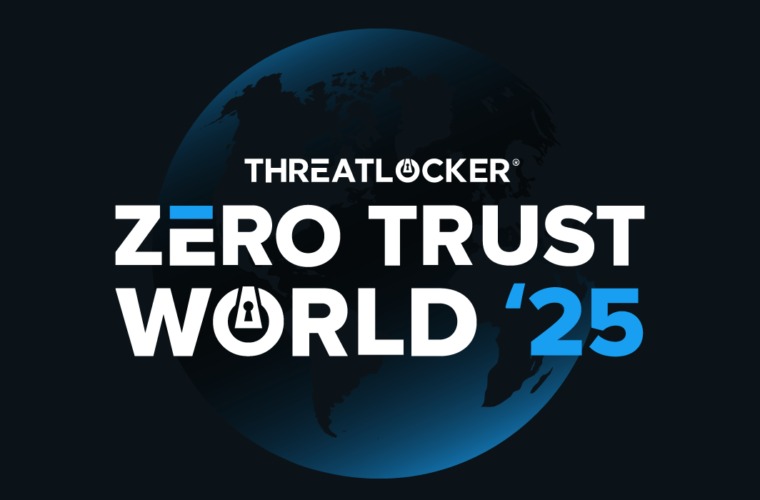Metaverse security: New technologies and digital trends keep emerging daily, bringing new digital experiences and solutions. Augmented reality (AR), virtual reality (VR), and mixed reality (MR) have already started to have a massive impact on our world by creating a whole new era of technological revolution called virtual metaverse platforms. Similar to how mobile apps changed how we interact with services or websites, these new digital experiences also force businesses to adopt more unique ways of thinking and operating. The emerging digital technologies of the metaverse are opening up new opportunities for startups and established businesses. But unfortunately, as more businesses begin adopting these technologies, hackers are also finding fresh ways to exploit them. This article will help you understand the latest security threats in virtual metaverse platforms that you should be aware of if you use any of these technologies in your business.
What is Metaverse?
Before diving into security concerns regarding the metaverse, we must first understand what the metaverse means. A simple explanation of the metaverse is that it is a virtual environment where people can interact with each other and partake in different actions. So, we are talking about a combination of VR and AR alongside MR, blockchain, NFTs and much more that have created a new world called metaverse. But with so many new technologies, attackers are finding new ways to exploit every emerging technology to benefit from it. That is why we should be a step ahead of the risks that these emerging technologies are bringing.

Augmented Reality Security Concerns
Augmented reality is a technology that superimposes a computer-generated image over a real-life image. It has applications in many industries, including healthcare, manufacturing, real estate, retail, education, and the metaverse. Because it is a relatively new technology, it’s still unclear how secure the augmented reality applications are. And unfortunately, this leads to security concerns rising for the metaverse as well. A few potential security risks have been identified with augmented reality solutions, including the following:
– Lack of Authentication: The process of confirming the identity of a user by validating their credentials. Many augmented reality apps do not have the ability to authenticate users, which means anybody can use the app. This can be a significant security concern if the app is used for sensitive tasks.
– Data Integrity: Since augmented reality apps rely on data to generate a visual representation, data integrity is critical. If the data is faulty, it can also affect the accuracy of the visual representation.
– Privacy: AR can collect data about the user and the surrounding environment. This data includes device information, location information, and information about people in the surrounding area. The collection of this data can be a security risk if it is not stored or transmitted securely and follows the data protection laws in power.
Virtual Reality Security Concerns
VR is a technology that enables users to experience an artificial, computer-generated environment as if it were real. It has gaming, education, healthcare, and retail applications, which can all be combined in the metaverse. VR is an exciting technology easy to adopt with new emerging technologies and with many potential benefits for businesses. However, it also has several security risks, including the following:
– Authentication: The same goes for VR as in AR, where VR apps offer limited or no authentication options, which means anybody can use the app, posing a huge security issue.
– Data Integrity: The data used in VR applications are critical for generating realistic visual representations, but data integrity can be affected by many factors, including network issues, malware, and application bugs. If the integrity of the data handled in the metaverse world is compromised, this can lead to enormous consequences for the business and the customer.

Mixed Reality Security Concerns
Adopting mixed reality technologies in the metaverse, especially in the enterprise sector, has led to a few security concerns. MR is a mix-up between the real and virtual worlds, where natural objects can interact with digital ones. So, we can say it’s a combination of AR and VR together. Mixed reality environments will contain different components like sensors, cameras, and microphones that enable the understanding of the environment.
MR environments also store data in the cloud, making them susceptible to insider attacks or security threats. However, these threats can be mitigated by following a few security measures. First, companies should ensure that the data stored in the cloud is encrypted. Sensitive data should also be backed up regularly in disaster recovery situations. It’s also essential to ensure that only the right users can access sensitive data. Communication through the headsets can be leveraged for malicious purposes, especially if the communication is unencrypted.
The importance of cyber security in metaverse reality
As we can see, each component of the metaverse has its security issues that need to keep an eye on since we are talking about an extended form of reality that does not exist in reality but is connected with the real world. Since many companies now have entered the metaverse world, but they continue to exist in the real world as well, this connection between the real and fake realms may progress in raising security concerns.
Since both realities have the goal to be identically the same, if something were to happen to the metaverse reality (for example, a data breach, damage to the reputation etc.), the impact would be devastating not only for the physical company in the real world but for the customer as well. Therefore, if you are heading towards this new emerging technology, it is necessary to always keep an eye on the security concerns arising and have a proactive approach regarding security issues.



